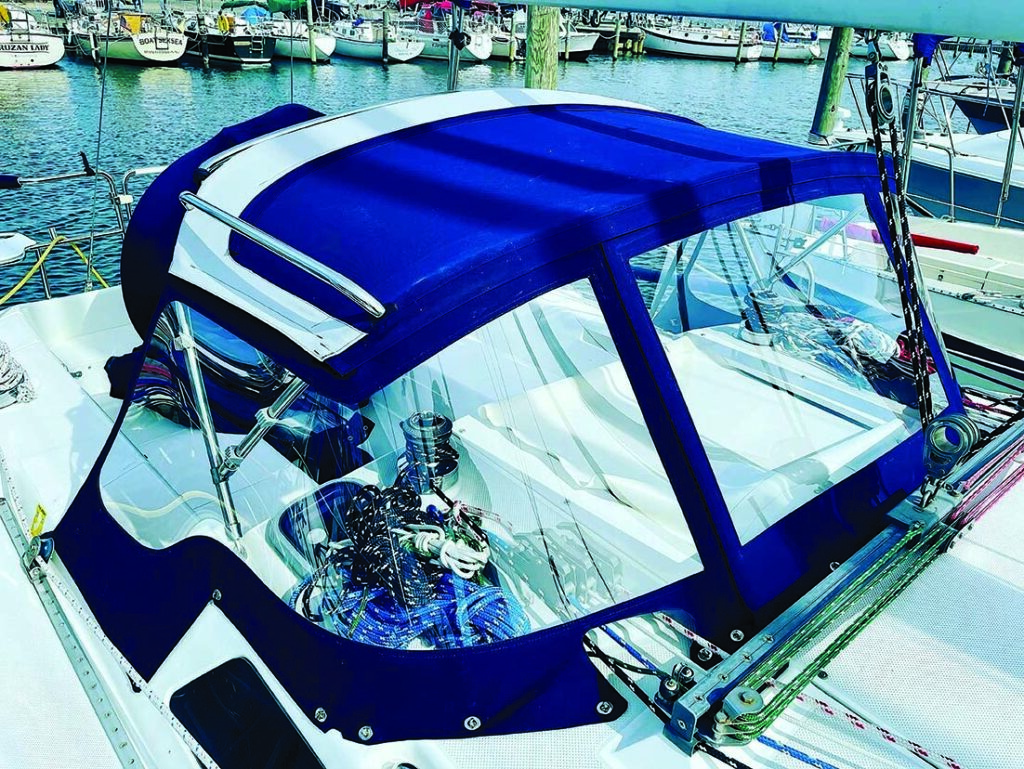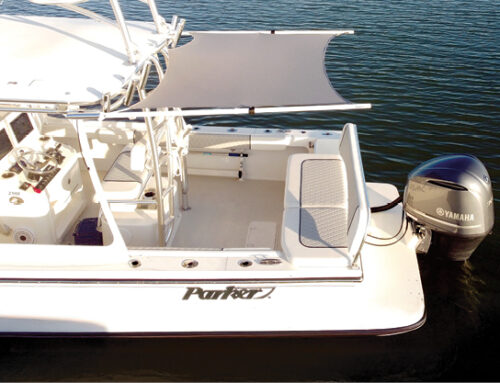Pricing, costing and estimating
Published On: May 1, 2023Categories: Features
Expertise plays an important role in a successful marine business. However, a fabricator might be highly skilled, with lines of customers and a backlog of projects, and that’s still no assurance the business will remain viable in the long run. If pricing is at odds with costs, the effect on the bottom line could be devastating—affecting profit margins, project quality and customer satisfaction.

 TEXTILES.ORG
TEXTILES.ORG 







